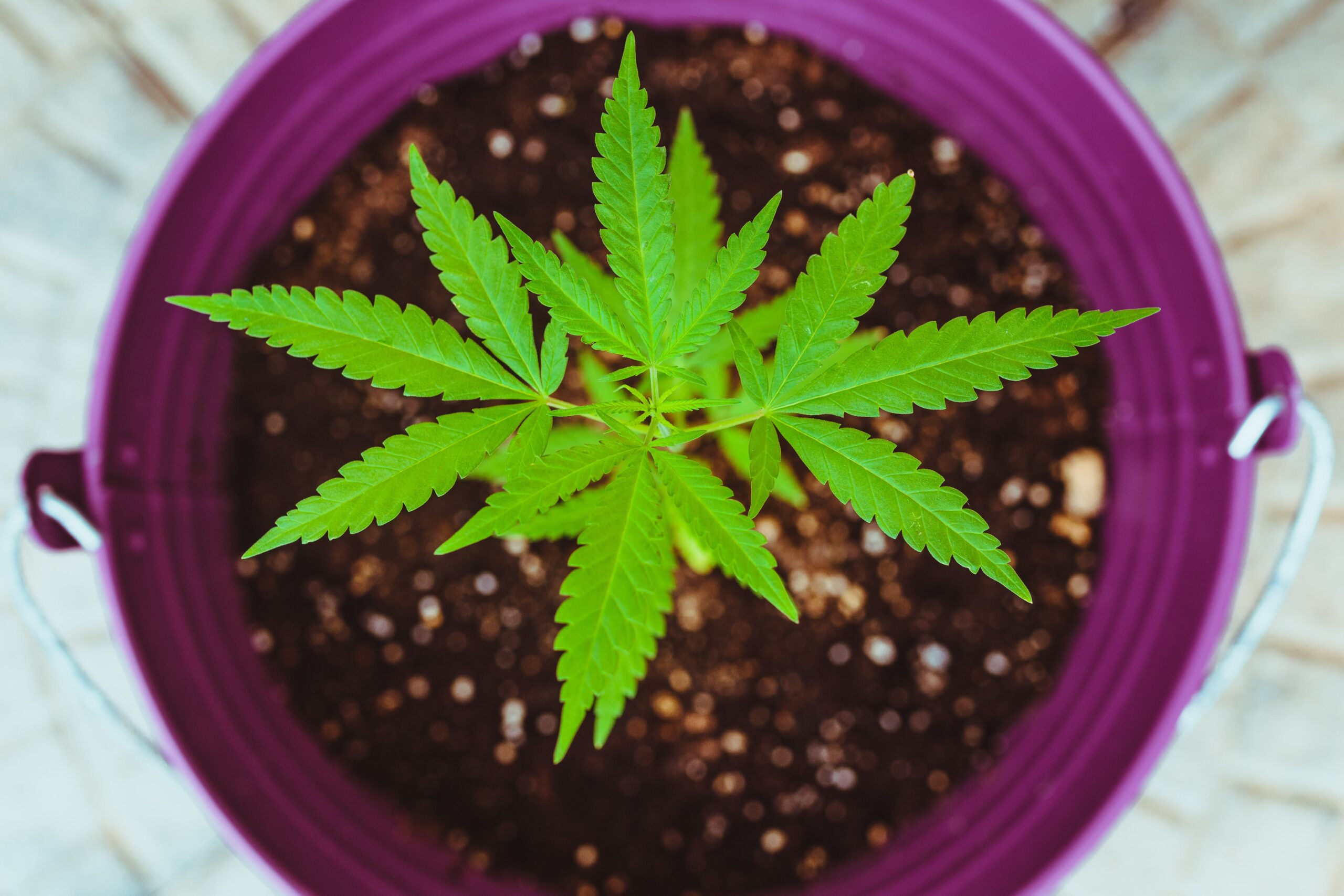
The lifecycle of the cannabis plant is a fascinating topic. When first learning about this particular part of cannabis cultivation, it can feel daunting. The vegetative stage can encompass a wide range of information, leaving many new growers wondering where to start.
Having a basic overview of the vegetative stage of the cannabis plant’s life cycle can help set up new growers with a solid foundation. At Verne Bio, we are dedicated to helping new and experienced growers learn about the plant we all know and love. That is why we have created a comprehensive overview of the vegetative stage of the cannabis plant.
The vegetative stage of a cannabis plant is the second stage of its lifecycle. After growing past the seedling stage, a plant in the vegetative stage will remain there until it is ready to move on to the flowering stage. While only the second step, it is a vital stage.
According to information published by the State of Montana, “This period resembles natural summer growth, with an absence of low wavelength red light and metal halide bulbs being employed primarily for their strong short wavelength blue light.”
After a cannabis plant has established roots, it can move from the seedling stage to the vegetative stage. This stage will help establish a plant and set the foundation for a successful harvest. During the moving process from the seedling pot/cloner/etc., it is important to check the roots before planting them in a bigger pot. The roots should be white and show growth.
Plants that have graying or brown roots could be subject to viruses, viroids, nutrient deficiencies/excesses, or mold. These plants could pose problems in the future. Depending on the severity, it is wise to hold them back or cull them.

Cannabis plants build a solid foundation for roots and overall health in the vegetative stage. During this stage, it is important to make sure your fledgling cannabis crop is getting the nutrients and care it needs to thrive. The nutrient feeding schedule can be dependent upon factors such as strain, soil, and growth stage.
During the vegetative stage, many growers will use pruning to help shape the plant for better yield results in flower. This process will help maintain a uniform canopy, preventing larger plants from overshadowing smaller plants and preventing stretching. Growers should know which branches are necessary to remove and shape for best results. This can be achieved with hands-on practice.
If growing cannabis from seeds, it will be vital to separate the male plants from the females as quickly as possible. The quickest way to identify a male plant is by the stamen. According to Weedmaps, “The stamen is the male plant’s reproductive organ and is used to identify male plants. The stamen contains the anthers (pollen sacs).”
If the males are not separated, the pollen they create will create seeds, lowering the overall quality of the buds produced by the female plants. There are other factors that can create seeds, meaning even if plants were created by cloning, herming can still occur.
If separating the males from the females is a concern (no judgment here, we understand!), then Verne Bio’s I-Test early stage male detection option may be a helpful tool. This form of testing allows for determining the sex of the plant up to 4x faster than by visual detection. For more information about the I-Test or to order your own, please click here.
Depending on the grow method and strain of the cannabis plant, cannabis plants are ready to move from veg to flower anywhere from 3 to 16 weeks of age. After moving from the vegetative stage, the plants will enter pre-flower. According to Leafly, during this stage, “The plant will continue to grow and females will develop pre-flowers—pistils, or white hairs, will grow out, which are the beginnings of buds.”
It is important to remember that plants may display signs of stress when moving from the veg room to the flower room. Drooping leaves are one of the most prominent signs of stress. While most plants will adjust in a day or so, growers should keep an eye on the plants continuing to show signs of stress for herming, viruses, viroids, or other problems.
Ready to learn more about the cannabis plant? Verne Bio’s Knowledge Center has a wealth of information right at your fingertips! Explore everything from cultivation tips and tricks to the latest news concerning viruses and viroids that impact cannabis crops.
Sign up for our newsletter and receive the best that Verne Bio has to offer right in your inbox! Readers can sign up for our newsletter directly on our website to get information about sales, announcements, and articles delivered right to them. What could be better?
With Verne Bio on your side, learning about cannabis cultivation has never been easier! Everyone has to start somewhere, and gaining a good foundation is the key to success. Just like a cannabis plant, it takes time and the right conditions to grow.
Works Cited
Coleman, Gina. “Sexing Cannabis: How to Identify Male, Female Plants.” Weedmaps, 29 March 2023, https://weedmaps.com/learn/the-plant/how-to-tell-plant-male-female-before-flowering. Accessed 8 October 2023.
Leafly. “4 Stages of Marijuana Plant Growth.” Leafly, 1 October 2020, https://www.leafly.com/learn/growing/marijuana-growth-stages. Accessed 8 October 2023.
State of Montana. Cannabis Life Cycle, N/A, https://leg.mt.gov/content/Committees/Interim/2009_2010/Children_Family/Emerging-Issue/mmga-presentation-cannabis-life-cycle.pdf. Accessed 4 October 2023.

to receive updates and news on our products, events and promos!